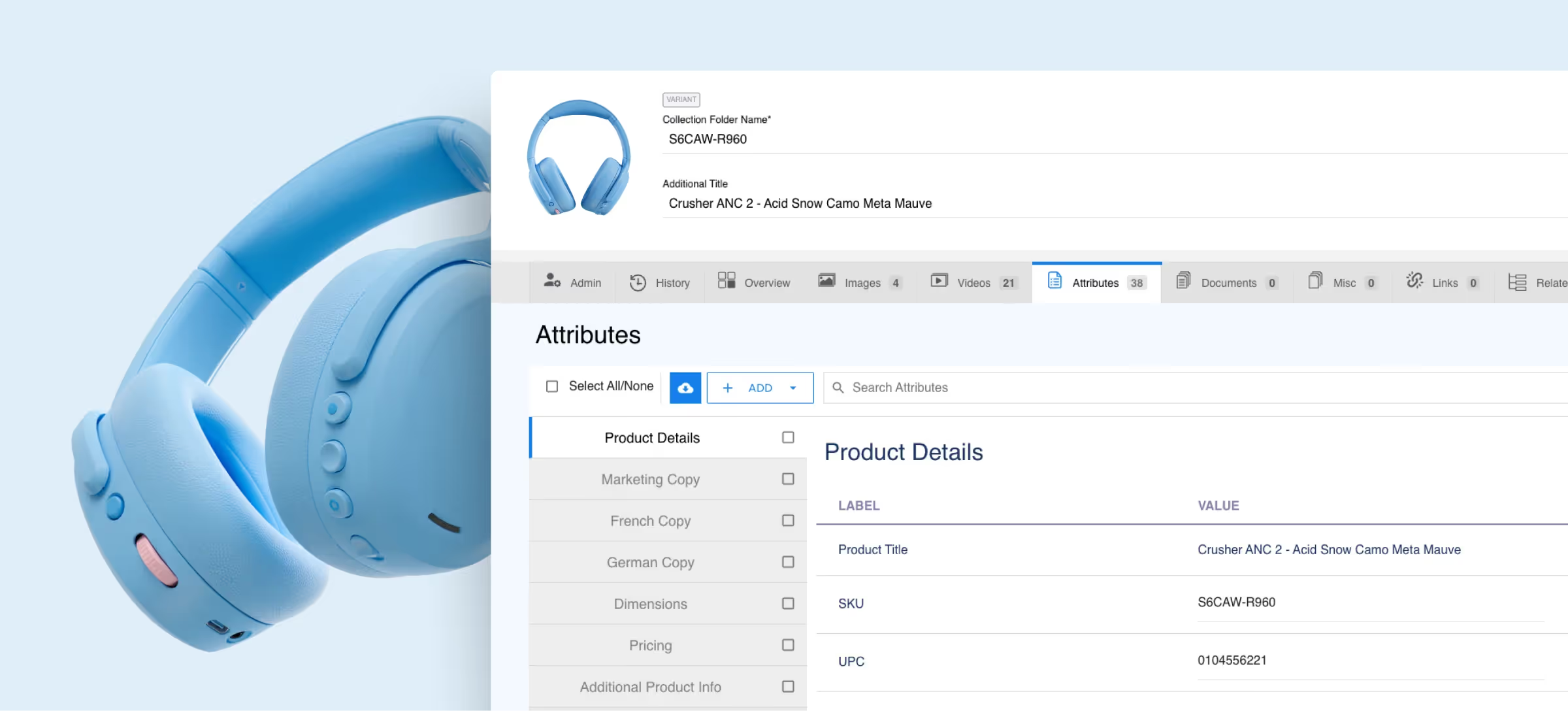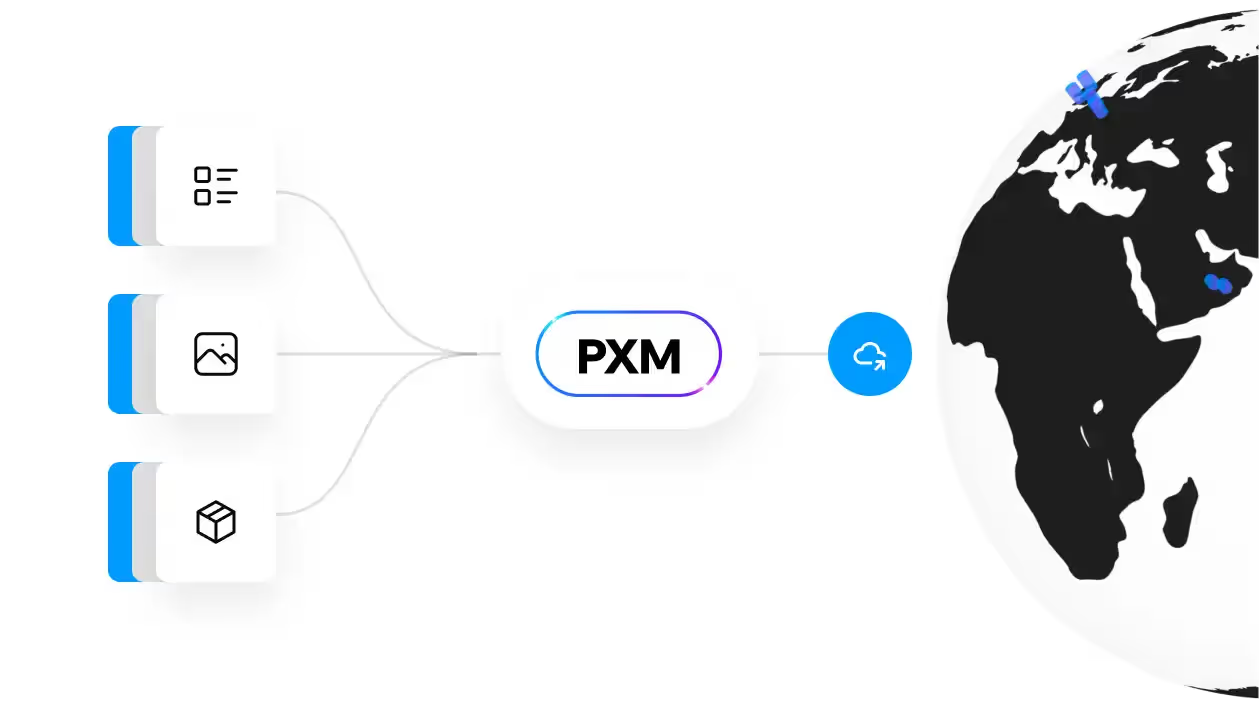Understanding FIFO: What Is First In, First Out?
If your goal is smoother operations and cleaner financials, the FIFO inventory method may be right for you. In this article, we’ll explain how it works, how to calculate it, and how to know if it’s the best choice for your industry or tax strategy.

What Is the FIFO Method?
FIFO stands for “First In, First Out,” and it’s exactly what it sounds like. The first items you purchase or produce are the first ones you sell or use. Think of it like a grocery store—older cartons of milk are moved to the front so they’re bought before they expire.
This method is especially helpful when you’re managing perishable goods with expiration dates (think: milk, eggs, toiletries, or cosmetics.) It’s also ideal for time-sensitive products like seasonal clothing, electronics that become outdated quickly, or raw materials that can degrade over time.
Because it closely matches how inventory actually flows, FIFO often makes financial tracking more accurate and intuitive. For many businesses, it’s a no-brainer—simple, practical, and great for keeping operations on track.
How Does the FIFO Method Work in Practice?
The FIFO method keeps things simple: sell the oldest inventory first. Then, when it’s time to calculate your cost of goods sold (COGS), you use the cost of your earliest purchases. The newer inventory stays on the shelf until the older stock is sold. It’s a straightforward way to keep things organized and aligned with how products usually move through a business.
Here’s how it works in action:
- Record your purchases. Log each batch of inventory you buy—how many units, when you got them, and how much each unit cost.
- Track what you sell or use. When you move items out of stock, note how many units were sold or used.
- Apply the FIFO rule. Start removing those units from your oldest inventory first. If a sale uses up one batch, just move on to the next oldest.
- Calculate your COGS. Use the unit cost from those older batches to figure out how much the sale cost you.
- Update your inventory. Subtract the sold items from your records, starting with the oldest batch. What’s left is your most recent stock.
- Repeat with every sale. For each transaction, you keep following this same process—oldest out first.
It may sound like a lot of steps, but once you get the hang of it (and have the help of software), FIFO becomes a smooth, logical way to manage your inventory.
Calculation Formula
There’s not a single mathematical formula for calculating FIFO, but here is the general guiding principle:
COGS (Cost of Goods Sold) = Cost of Oldest Inventory Sold + Cost of Next Oldest (if needed)
Let’s break that down:
- COGS is the total cost of the items you sold during a specific period.
- Oldest Inventory Sold means you’re pulling from your earliest purchases first—whatever stock came in first, goes out first.
- Next Oldest (if needed) comes into play if your sale is bigger than your first batch. In that case, you move to the next oldest batch.
Here’s an example to bring it to life:
Your company buys inventory on the first of the month, three months in a row:
- Jan 1: 100 units @ $10 = $1,000
- Feb 1: 100 units @ $12 = $1,200
- Mar 1: 100 units @ $14 = $1,400
On April 1, the company sells 220 units.
Step 1: Start with the oldest stock
- Use 100 units from Jan batch @ $10 → 100 × $10 = $1,000
- Use 100 units from Feb batch @ $12 → 100 × $12 = $1,200
- Use 20 units from Mar batch @ $14 → 20 × $14 = $280
Step 2: Add it all up to get COGS
COGS = $1,000 (Jan) + $1,200 (Feb) + $280 (Mar) = $2,480
Step 3: Update your inventory
The Mar batch had 100 units, and you used 20 → 80 units remaining @ $14 = $1,120
Final Result:
COGS (FIFO) = $2,480
Ending Inventory = $1,120
Pretty simple, right? When you’re in a good rhythm, the whole process runs quite seamlessly.
Comparing FIFO with Other Inventory Methods
Of course, FIFO isn’t the only inventory management option out there. Different methods handle costs and stock in unique ways, and understanding the pros and cons can help you pick the best fit for your business.
Here’s how FIFO stacks up against some other popular inventory methods:
LIFO (Last In, First Out): The opposite of FIFO, LIFO is about selling the newest inventory first. This method can sometimes reduce your taxable income when prices are on the rise, since the most recent (and often higher-cost) items are counted first. But LIFO doesn’t always reflect actual product flow, and some accounting rules don’t allow it.
Average Cost Method: Instead of tracking oldest or newest inventory, this method averages the cost of all available stock to calculate cost of goods sold. It smooths out price ups and downs, making accounting simpler. But like LIFO, this method might not represent the true flow of products.
Specific Inventory Tracing: This method tracks the exact cost of each individual item sold, making it great for businesses with unique or high-value products like cars or jewelry. Though it’s ultra precise, it can be more complicated and time-consuming than FIFO.
What Are the Advantages and Disadvantages of the FIFO Method?
Like any inventory method, FIFO has its strengths and trade-offs. Here are some factors to consider as you evaluate your options.
Advantages
- Easy to use: FIFO matches the natural flow of inventory, making it a straightforward method that’s easy to implement and understand.
- Accurate inventory value: Because your ending inventory reflects the most recent purchase prices, it usually matches the current market value.
- Higher profits when prices rise: Older, lower-cost items are used for COGS, so your profits appear higher—a perk that appeals to investors and financial statements.
- Compliance with accounting standards: FIFO is accepted under both GAAP and IFRS, so it’s a safe, globally accepted choice.
- Less waste: When you sell older stock first, there’s less chance of products going out-of-date or becoming obsolete.
Drawbacks
- Higher tax liability during inflation: Higher reported profits mean you might end up paying more in taxes when inflation is climbing.
- Costs might not match current prices: FIFO matches older costs to today’s sales, so your expenses might not reflect what it actually costs to replace your inventory.
- Not ideal for price swings: Do your prices tend to jump around? If so, FIFO can make profits look inconsistent and harm your trend analysis.
- Possible inventory manipulation: Be cautious—some companies might try to time purchases to boost profits or tweak inventory values.
Necessary Skills for Effective FIFO Inventory Management
The FIFO method is simple in theory. Still, running it smoothly requires a certain skill set. Here’s what you need to know to keep everything accurate, efficient, and compliant:
Financial Skills
FIFO impacts your COGS, profit margins, taxes, and inventory valuation, so strong financial know-how is vital to ensuring your books stay accurate and decision-making stays sharp. You’ll also need to understand how FIFO shows up on financial statements and plays into GAAP or IFRS rules.
Organizational Skills
As with any inventory management method, the success of FIFO depends on your ability to keep things in order. That means tracking purchases and sales clearly, labeling items by date, and physically organizing your space so the oldest items are always used first. Bonus: a solid organization system also helps prevent spoilage, loss, or stock slipping through the cracks.
Analytical Skills
To really get the most out of FIFO, you need to think strategically. By analyzing inventory flow and spotting trends, you can better forecast demand, optimize restocking, and make smarter purchasing and pricing decisions.
Attention to Detail
FIFO is all about the details. Dates, quantities, costs, and timing are of the essence. Even small errors can throw off your COGS and lead to reporting issues. Be precise to stay compliant, avoid costly mistakes, and stay audit-ready.
Basic Math Skills
While you don’t need to be a total math pro, you should be comfortable with basic calculations. FIFO requires tracking costs, running totals, and occasionally checking the math by hand, even if you’re using software. Quick, accurate number crunching keeps your inventory data reliable.
How to Choose the Right Inventory Method for Your Business
The right inventory method depends on your products, pricing trends, and business goals. If you want a simple way to track perishable goods, FIFO is a great option. But other methods may better match your financial strategy. Ultimately, the key is finding an approach that aligns with your operations, improves accuracy, and supports smarter decision-making over time.
Put Your Marketplace Prep on Autopilot
It’s time to optimize efficiency at every stage. Learn how Pattern’s tech-first approach can help you move products quickly and accurately, from packaging to your customer’s doorstep.
Frequently Asked Questions
Is FIFO required by GAAP?
FIFO isn’t required, but it is one of many inventory methods accepted under GAAP. The most important thing for compliance is to apply your chosen method consistently, following all disclosure rules.
Can FIFO be used for tax purposes?
Yes, FIFO is a common inventory method used for tax reporting, especially when prices are stable or falling. Just remember, once you choose a method for tax purposes, you’ll likely need IRS approval to switch to a different method.
What industries commonly use FIFO?
FIFO is often used in industries with perishable goods or time-sensitive products, including food, beverage, cosmetics, and electronics. Essentially, it’s common in any business where older stock should be sold first to avoid waste.
Can a company switch from FIFO to another method?
Yes, a company can technically switch from FIFO to another inventory method. But doing so could require IRS approval—and clear disclosure for financial reporting consistency.






